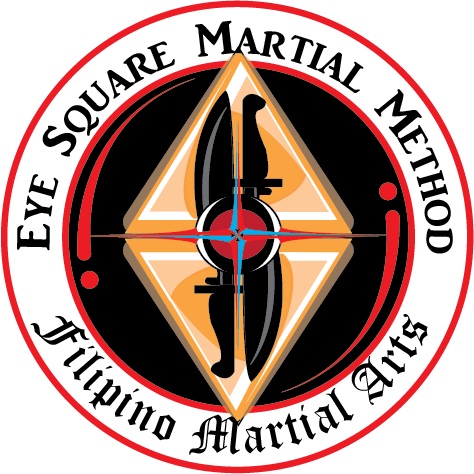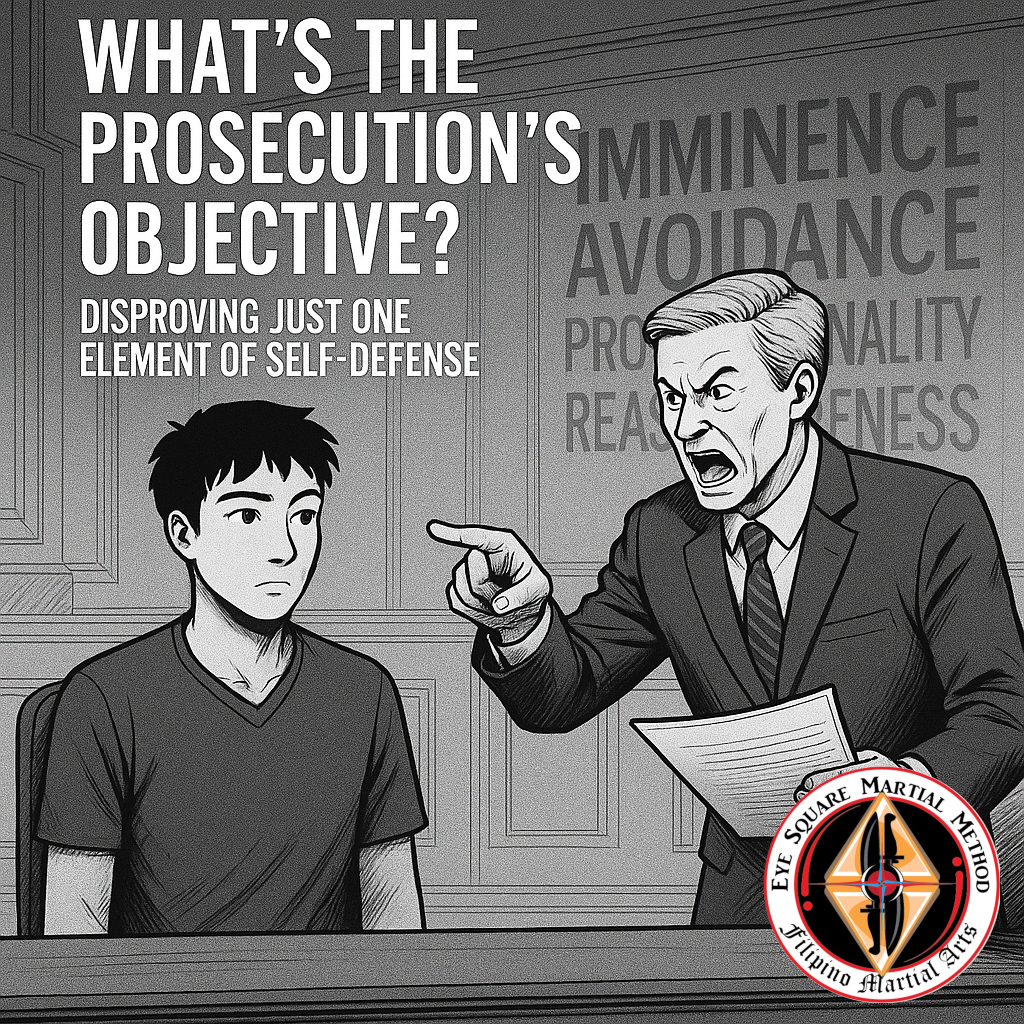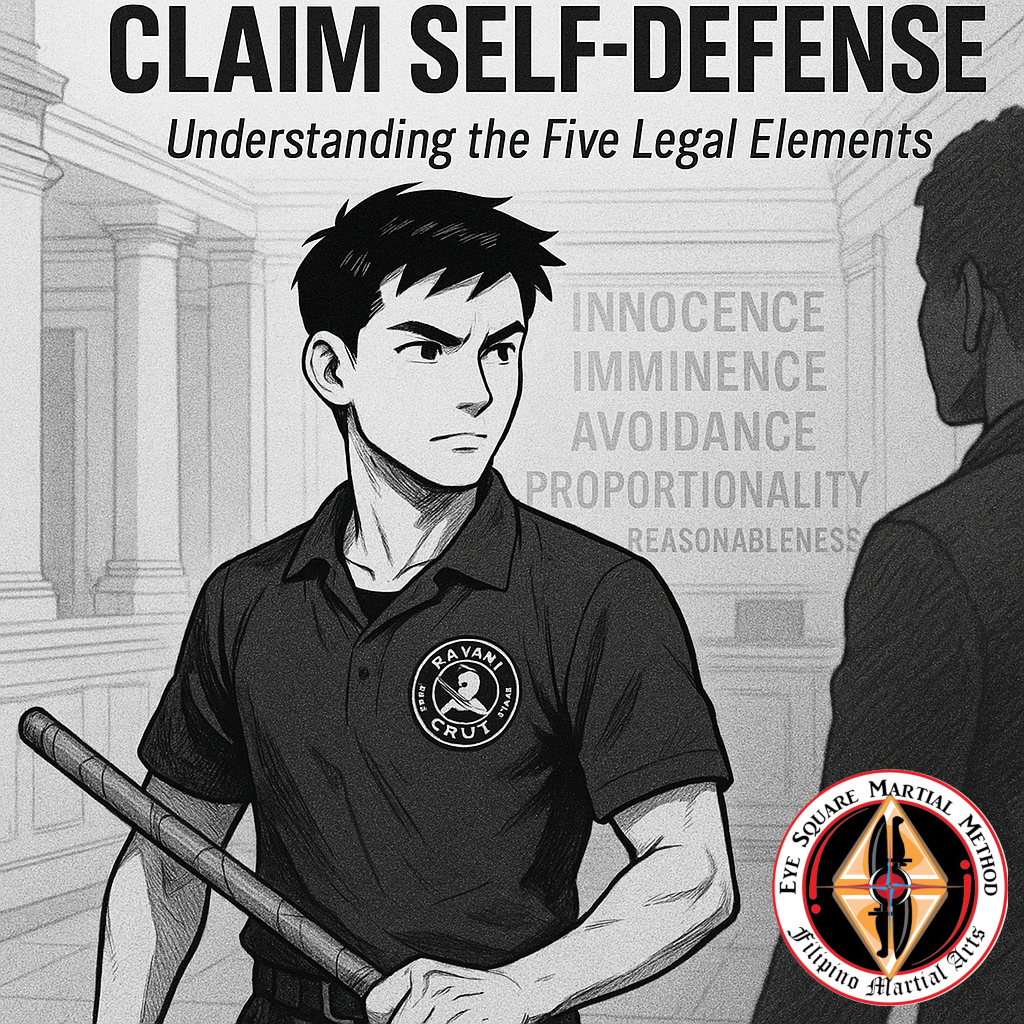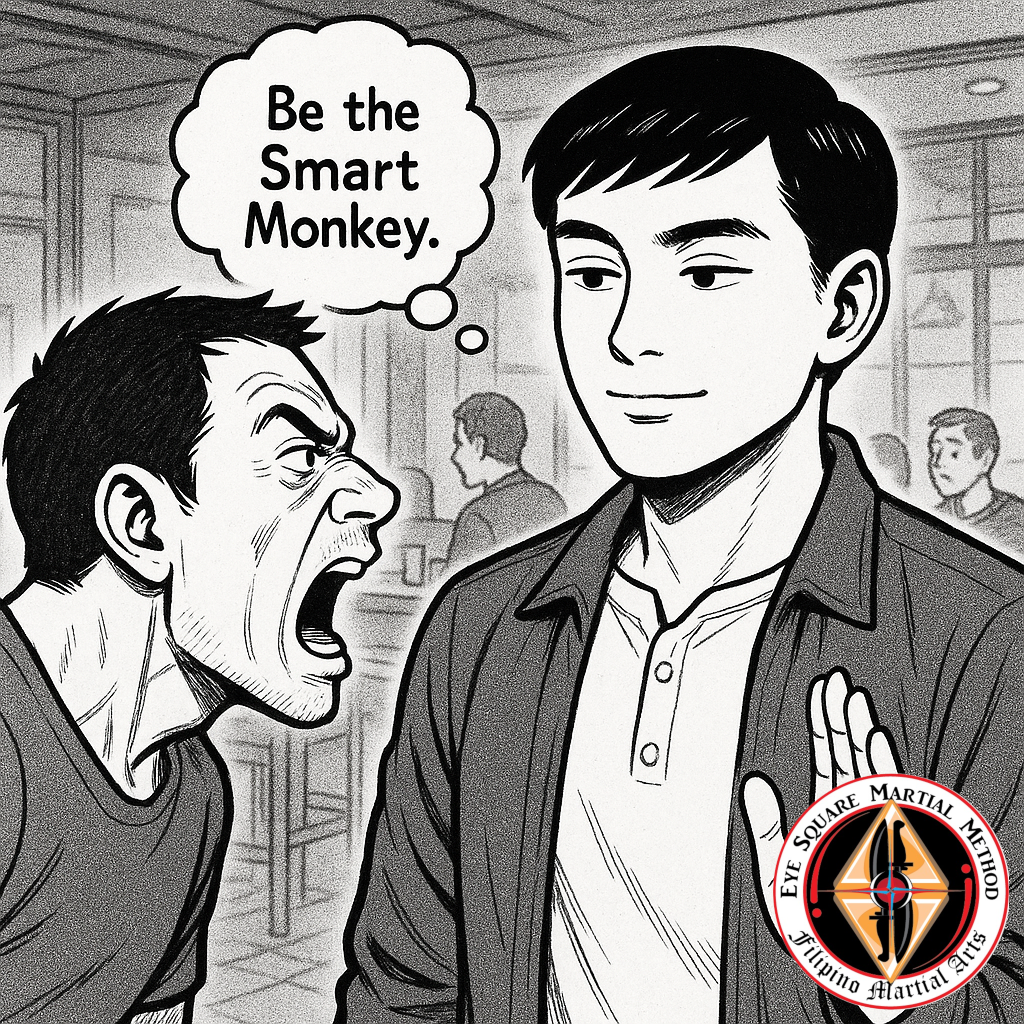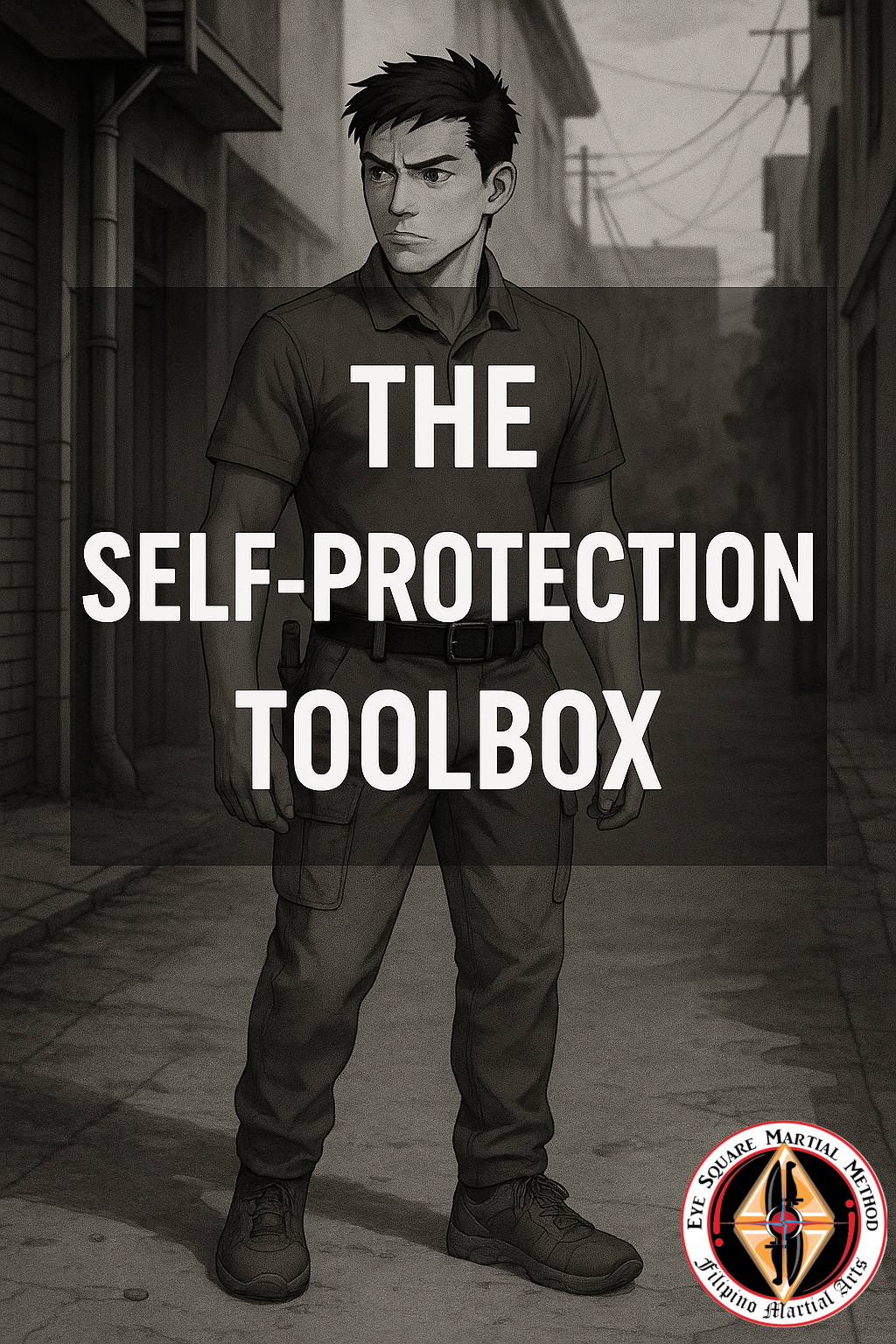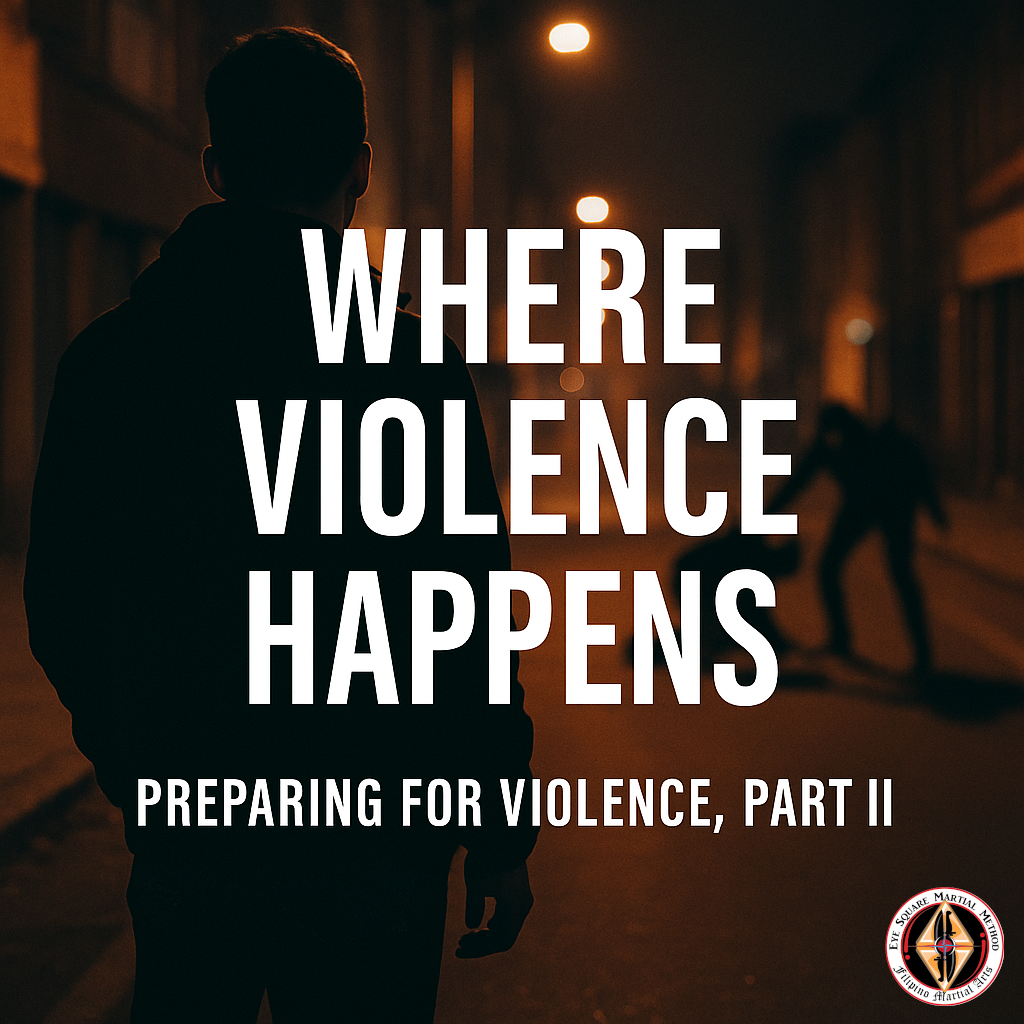Self-Defense: What’s the Prosecution’s Objective?
Not legal advice. I’m not a lawyer or legal expert. Please consult a qualified attorney in your area for actual legal guidance. And if you haven’t yet, read Andrew Branca’s Law of Self Defense—you can even get a free copy.
In the previous post, we covered the Five Elements of a Self-Defense Claim and how doctrines like Castle Doctrine and Stand Your Ground don’t give you a blank check (in spite of what news anchors will tell you)—they simply remove the duty to retreat, under specific conditions.
To review, the Five Elements are:
- Innocence
- Imminence
- Avoidance
- Proportionality
- Reasonableness
To successfully claim self-defense, you must show—at a minimum—that each of these five elements was present during the use-of-force event. The standard isn’t beyond a reasonable doubt—it’s preponderance of the evidence (more likely than not). Fail to meet that threshold and the judge may not even allow a self-defense argument to be presented at trial.
Once the defense is allowed to proceed, the prosecution’s job is simple:
Disprove just one of the five elements.
That’s it. And they’ll use every tool available to do so.
INNOCENCE
The prosecution may argue that you were not the innocent party—perhaps because:
- You were armed and trained, and that “means you were looking for trouble”
- You acted with preparation or intent, rather than in response to a real threat
Example:
In the Kyle Rittenhouse case, the prosecution tried to claim that merely carrying an AR-15 was provocative—essentially blaming him for making rioters feel unsafe. Fortunately, the jury didn’t buy it.
IMMINENCE
Prosecutors may question whether the threat was truly immediate:
- “How did you know he was going to attack right then?”
- “Why didn’t you wait to see if he’d actually act on his words?”
They’ll argue that you jumped the gun. Whether someone was squared up, blocking your exit, or verbalizing threats, you’ll need to articulate those facts clearly and credibly.
AVOIDANCE
Avoidance is one of the most misunderstood elements.
If you’re in a duty-to-retreat jurisdiction, the law expects you to take any available, safe way out—but only if doing so won’t expose you to grave harm.
Examples:
- The prosecution may claim you chose to be in a bad place—e.g., Kyle Rittenhouse “wasn’t from Kenosha.”
- In a recent NY subway case, a homeless man defended himself against multiple attackers. Prosecutors argued he should’ve simply let himself be robbed.
This kind of reasoning punishes people for not being victims.
PROPORTIONALITY
This is where prosecutors will twist the facts.
- “He just tried to punch you.” (But he’s twice your size.)
- “He only had a knife.” (As if a knife isn’t extremely deadly.)
- “You used pepper spray on a guy yelling at you.” (But he was clearly escalating.)
They’ll ignore things like:
- Age or health disparities
- Multiple attackers
- Your medical vulnerabilities (e.g., on blood thinners)
Example:
In the Rittenhouse case, one attacker had “only a skateboard.” Yeah—reinforced hardwood with metal trucks, being swung at his head. That’s a deadly weapon.
REASONABLENESS
This element blends objective standards (what the average person would do) with subjective context (what you knew).
Defense attorneys may present:
- Your attacker’s reputation for violence
- Your physical limitations or health status
- Your training and experience
Prosecutors will try to keep this evidence out. That’s why it’s important to document your training:
- Certificates
- Class notes
- Dated materials you’ve sent to yourself
All of it helps prove what you knew at the time.
Wrapping Up
Yeah, I’ve been a little hard on prosecutors here. That’s not accidental.
Many prosecutors—especially those in high-profile or politically sensitive cases—will do whatever they can to score a win, regardless of the truth. And the system is structured in a way that can feel stacked against someone who acted in good faith.
You need to understand:
Police and prosecutors are not your friends.
That’s where we’re headed next.
